Dental practice valuation estimates your practice's total net worth based on its assets, liabilities, goodwill, and future projections. As a dentist, you need the help of a seasoned merger and acquisition expert in selling your dental practice and getting the best value out of it.
Read through this comprehensive guide to solve all your doubts about how to sell a dental practice and the aspects to consider along the way.
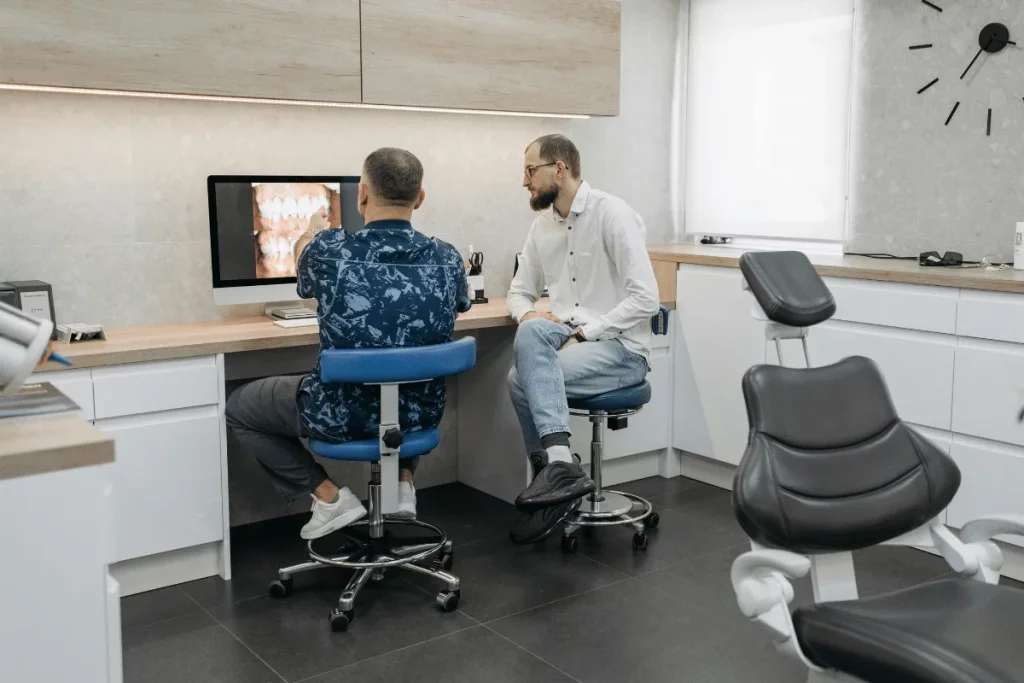
Like any other business undergoing a merger or acquisition, the value of your dental practice is calculated based on the assets, liabilities, and growth projections. In simpler terms, it's all about how much money your practice makes, any debts/expenses, and whether it will be profitable for the acquirer in the future.
Here are the major factors involved in estimating the value of a dental practice:
A dental practice can sell for 50% to 80% of its annual revenue numbers. However, the exact number of how much a dental practice is worth depends upon the dental practice valuation method used for evaluation.
The most common evaluation method considers the average EBITDA for a dental practice, which signifies its net income. It gives a dental practice valuation multiple, usually 1x to 2.5x of the annual profit.
Read further to learn about the different evaluation methods in detail.
In our experience, six weeks is the quickest duration to sell a dental practice. However, in many cases, the actual duration ranges between six months and up to a year, depending upon the size of a dental practice and the due diligence of the involved parties. It would be best to opt for a consultation to better understand how much time it will take you to sell your dental practice.
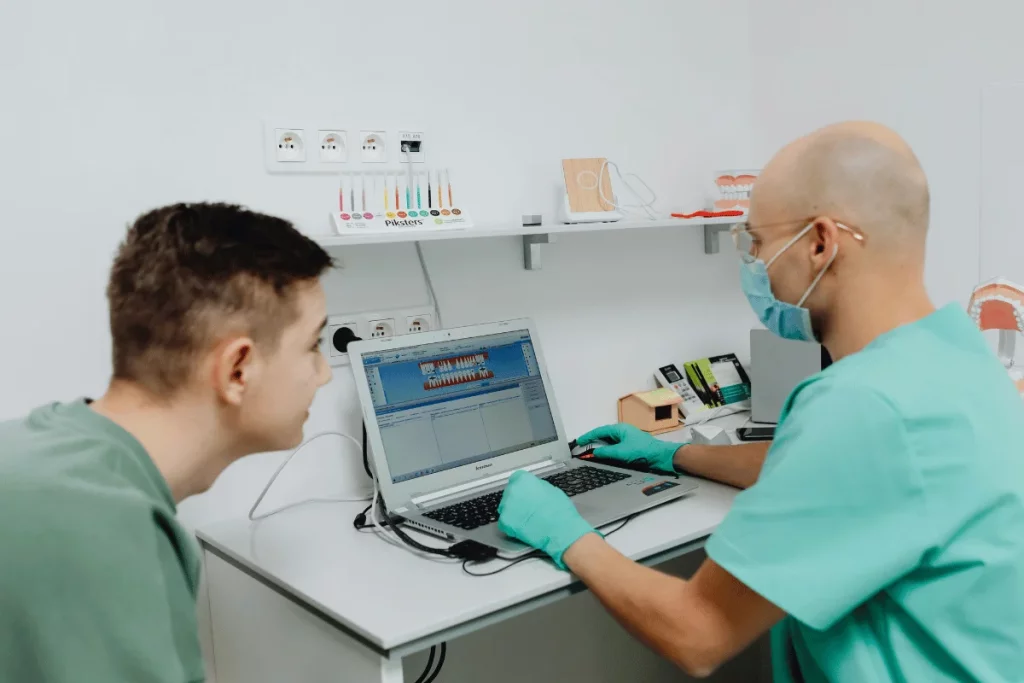
Here's an overview of how solo and group dental valuations compare:
Both solo and group dental practice appraisals consider the same factors.
We'll discuss the valuation factors in detail in a section below, but they center around revenue and profit margins, patient base, technology and equipment, and operational efficiency.
For group practices, team retention can be a significant factor in determining the value of the dental practice.
Although the two practice types consider the same factors, group practices usually have higher valuations because they have larger patient bases and revenues. They also show a better ability to spread risks and overhead costs.
Both group and solo dental practices can be valued using similar methods.
For example, the discounted cash flow analysis applies well to both types. However, it can be easier to value a group practice using this method because the business is larger and has more predictable income streams.
A solo practice works well with less intensive valuation methods, such as the seller's discretionary earnings formula.
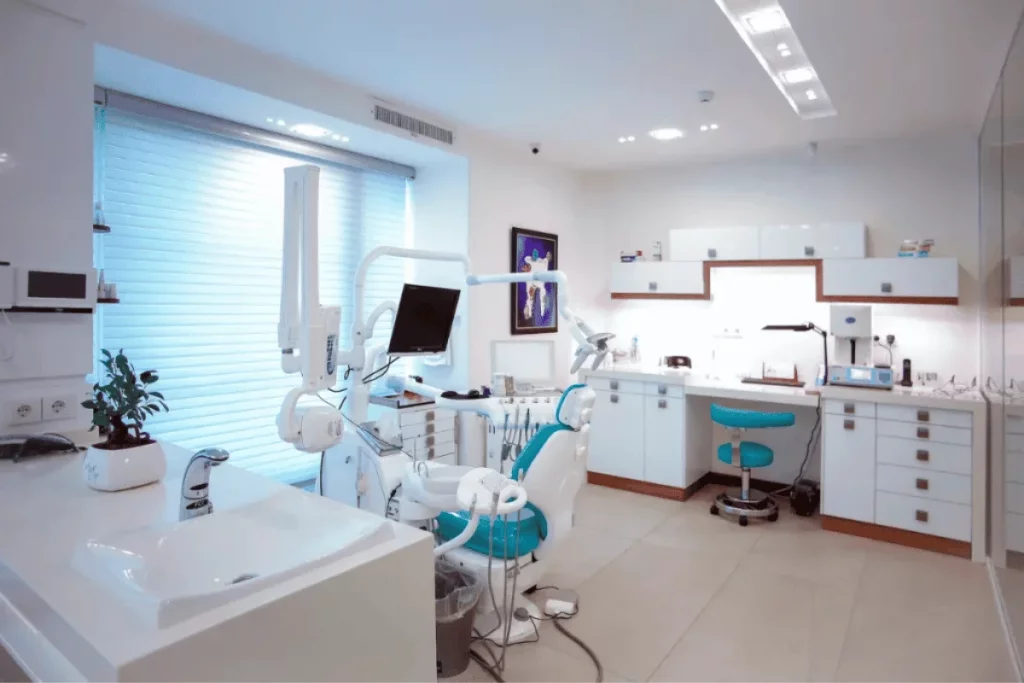
A dental practice valuation for a partnership buy-in acts as a partial sale and is done when a dentist wants to become a partner or increase their ownership over time.
The valuation determines the fair purchase price for the buy-in or the agreeable monetary payment the incoming partner should make to the current owner.
Depending on the arrangement, the new partner can pay an upfront amount or clear the payment over some time.
The parties have to agree on a partnership model, which will influence the valuation and profit sharing.
For example, when a partner is retiring and an incoming one buys in at a different level than what the leaving partner is selling, the remaining partner's share is also affected. The incoming partner may have to pay the remaining partner as well.
Using modern technology positively impacts a business's value, and you can sell your dental practice for more.
With the latest technology in dentistry, you can stand out from the competition. The differentiation can lead to a higher dental practice value.
Technology also improves service accuracy, efficiency, and patient satisfaction.
Let's take modern dental imaging technology, for example. It can spot problems early, promote less invasive dental procedures, and lead to better patient outcomes.
You can also use practice management software for billing, record-keeping, and scheduling to free up time and improve daily operations, increasing the practice's value.

When conducting a dental practice appraisal, benchmarking is important for validating the valuation in various ways:
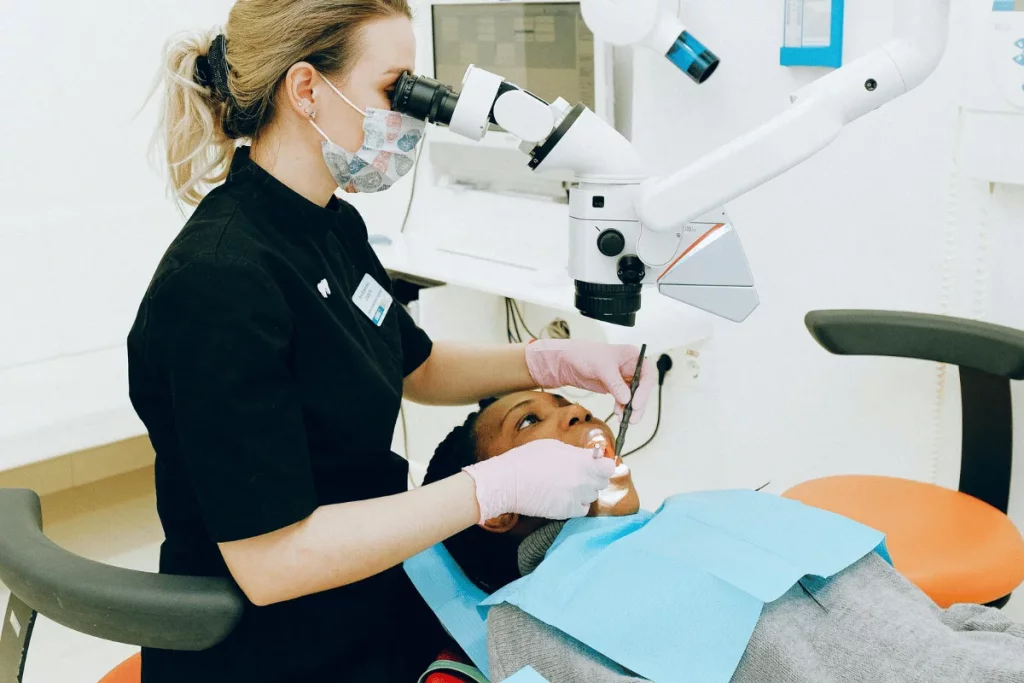
Dental practice valuation methods can be classified mainly into three different types:
Income-based valuation is one of the most used dental practice valuation methods and relies upon future income projections. It takes into account the actual net income (revenue minus expenses) of your practice over the past one to three years to calculate an average.
The valuation of your practice can stand at 1x to 2.5x, or even 4x times the income. It is further divided into two valuation methods, and one or both of these can be used to calculate the final valuation. These are:
EBITDA-based Valuation Method
It is calculated based on the Earnings Before Interest, Taxes, Depreciation, and Amortization (EBITDA), also known as the net income. Dividing your last year's net income with the market capitalization rate for your industry yields the valuation of your business. In the case of dental practice, the market capitalization rate falls between 25% to 31%.
Discounted Cash Flows Method
The discounted cash flow method evaluates the future growth potential of your business. It projects your practice's income over the coming ten years, adjusting the value of money over the future. Calculations under this method are complex, and you should seek help from a dependable merger and acquisitions expert for it.
Market-based valuations consider the historical data for previously completed dental practice sales in your region. It works best when your dental practice is located in an area with sizable competition and previously closed deals, giving accurate data for reference.
The final valuation is based upon comparison and is influenced by factors such as the size and location of your clinic, footfall at your clinic, and reputation in the area.
Asset-based valuation determines the value of your dental practice after appraising the value of all tangible and intangible assets. Tangible assets include owned physical items like electronics, machines for diagnosis and treatment, furniture, etc. However, since a big part of the value of a dental practice is intangible, this method is not the most accurate for dental practice evaluations.
What is the average dental practice profit margin?
The profit margin in a dental practice depends upon factors like location, patient demographics, and type of services offered. However, dental practices have an average margin of 30% to 40% if you own the real estate for the clinic.
What is the average dental practice revenue?
According to a report from the American Dental Association, the average gross billings for dentists in 2022 was $830,840 for general practitioners and $1,141,780 for specialists.
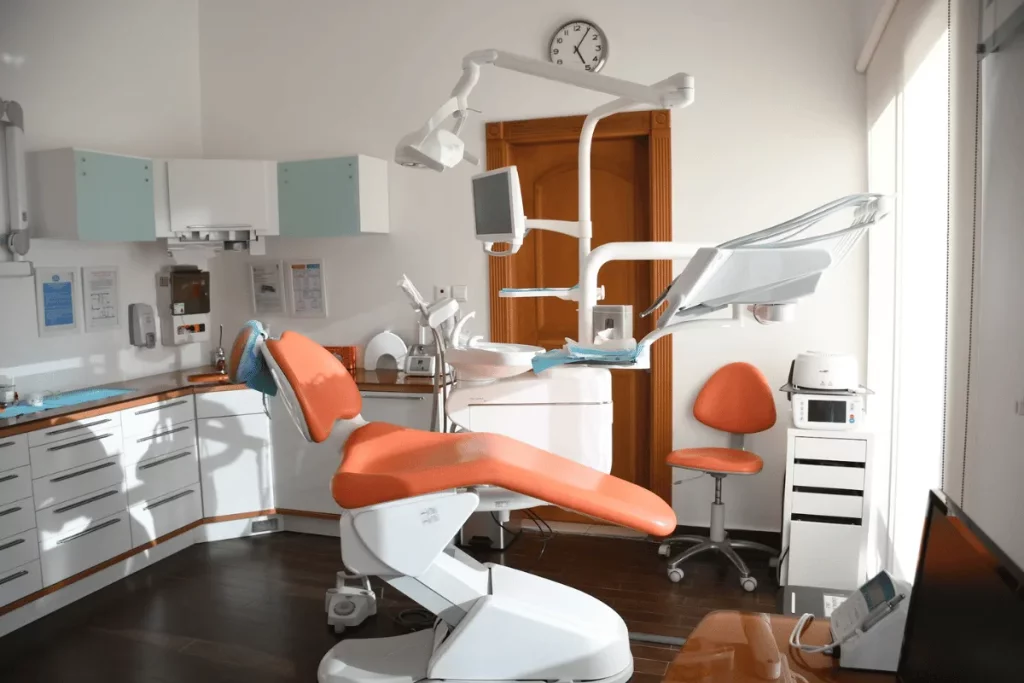
Here's an overview of the step-by-step process of how to sell a dental practice.
The first step for dental practice valuation is to gather the relevant documents. Here is a general overview of what you will need:
Once you have gathered the documents, the next and most crucial step is to contact a dental practice appraiser. It is helpful in many ways as the appraiser will evaluate the exact value of your dental practice.
Never try to appraise your dental practice yourself because you will miss out on many factors - you are a dentist, not a finance expert.
A valuation expert helps you understand your dental practice's current and future financial projections. It will help you set the right expectations for the price and make informed decisions.
Before you make the final approach to selling your dental practice, look closely at the usual factors that can impact your valuation and decision. These can include:
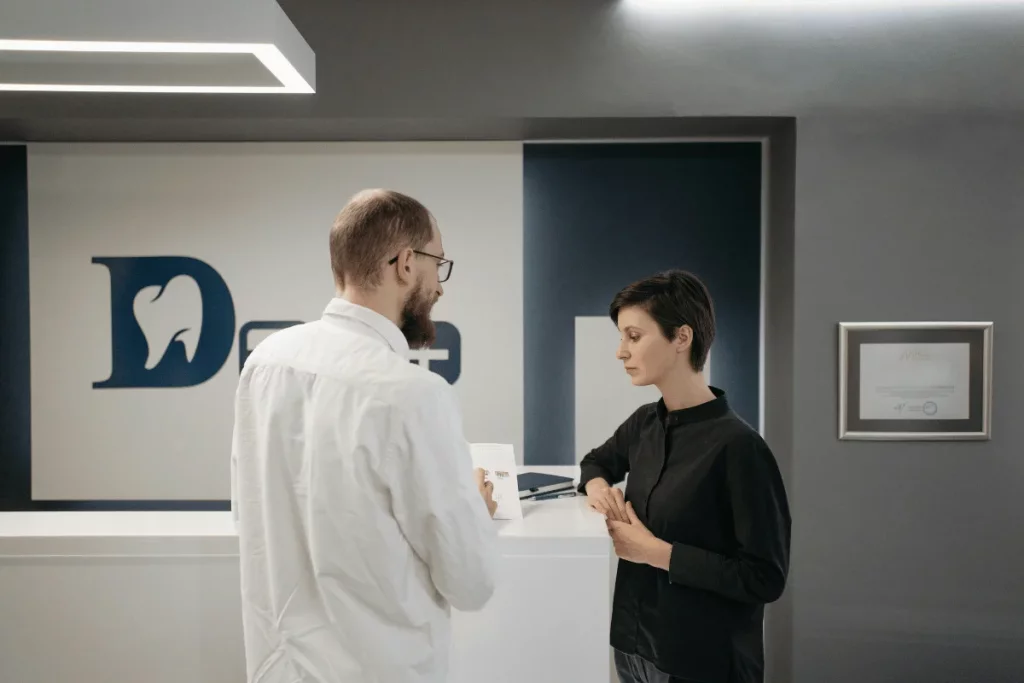
Let's understand the outcomes of dental practice valuation using income-based valuation methods to understand the subject.
Suppose your dental practice brings in $500,000 for the last year in net income (EBITDA) at a profit of 30%.
The net profit made by your practice is $150,000, and at a cap rate of 30% (using the capitalized earning method), the valuation of your dental practice is $150,000 divided by 30%, which comes out to $450,000.
The valuation of a dental practice will depend upon the revenue numbers and goodwill.
Use our free business valuation calculator before you hire a dedicated dental practice merger and acquisition expert. It gives you a free report on how much your dental practice is worth. You can also opt for a paid custom report, which includes a one-hour consultation with a valuation expert.
70%-80% of the value of a dental practice is intangible, and its most essential and significant component is goodwill. The success of a private medical practitioner largely relies upon their goodwill with the patients. Since patients like visiting the doctor, they can trust them. A dental practice with high goodwill will fetch a significantly larger valuation.
These are a few aspects that can help evaluate the goodwill of your business:

Keep these considerations in mind when selling your dental practice.
It is usually an excellent time to sell if your dental practice is already doing great and you have incredible profitability numbers. If your revenue numbers are uptrend, the projected value will be high, resulting in a better deal for you.
On the contrary, if your finances are not looking great, it is a good idea to wait and make improvements if you are not looking to cash out instantly for other reasons.
Dental practitioners with an extensive and loyal patient base command a higher valuation than their competitors. Additionally, the patient's demographics, such as their age group and income levels, play a significant role in valuation.
Again, evaluating your current patient base and looking for improvements is best if you can spare some time before negotiating a deal.
Use the latest technology in your dental practice that makes you stand out from your competitors. Having state-of-the-art equipment improves productivity as well as credibility among your patients. Additionally, a potential buyer will look for equipment in good working condition with low depreciation in the current state.
Getting help from a certified mergers and acquisitions expert in dental valuation is crucial to negotiate the right deal and get the most out of it. Factors such as the transfer of intellectual property rights (patents, websites, social media following) can be overlooked, resulting in you leaving money on the table.
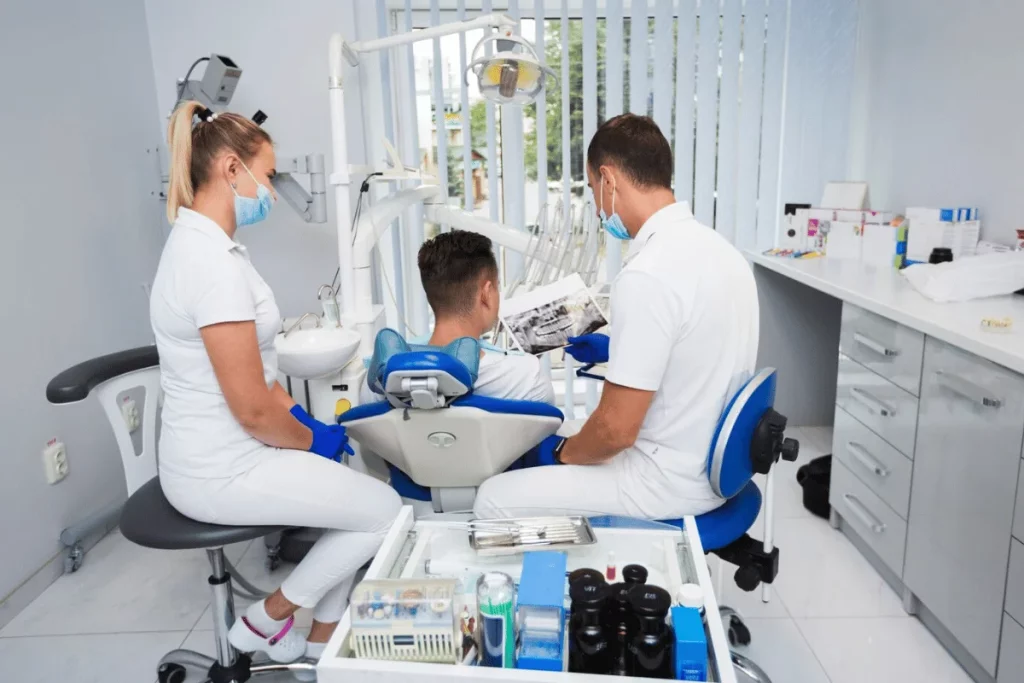
Check out this FAQ section for answers to some common queries about how to sell a dental practice.
A general dental practice valuation rule of thumb is that the final valuation is 1x to 2.5x of the net income or 0.6x to 0.8x of the total revenue. Plus, 70%-80% of the value of your dental practice comes from goodwill.
The seller of the dental practice pays for a valuation because the seller needs to get a hands-on report to present to the potential buyers.
A dental practice valuation costs between $2,500 to $30,000 or sometimes even more, depending upon the complexity of the valuation and scale of the dental practice.
Selling a dental practice requires due diligence to ensure that the buyer gets the right value and the seller doesn't leave money on the table.
The best route to 100% M&A success in such deals is to hire dedicated dental practice merger and acquisition experts. The right team helps you gather all relevant financial data and future projections, ensuring you do not miss any detail.
Book a consultation with Exitwise, and we will help you assemble the dream team of dental practice valuation experts to seal the deal.
Let Exitwise introduce, hire and manage the best, industry specialized, investment bankers, M&A attorneys, tax accountants and other M&A advisors to help you maximize the sale of your business.

